Poplar trees
gardenmaid1
19 years ago
Related Stories
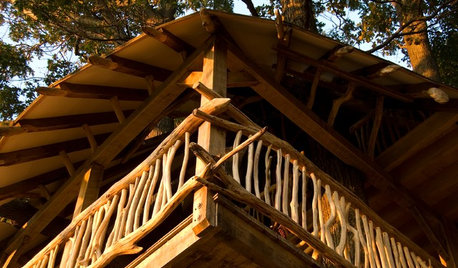
FUN HOUZZA Tepee in the Trees Defies the Ordinary
This Pennsylvania tree house brings a family together, spawns adventures and respects the trees. Have a look
Full Story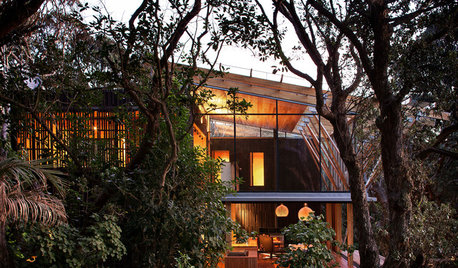
CONTEMPORARY HOMESHouzz Tour: Native Trees Are Part of This Home’s Design
A coastal New Zealand house is built to blend into a surrounding forest of pohutukawa trees
Full Story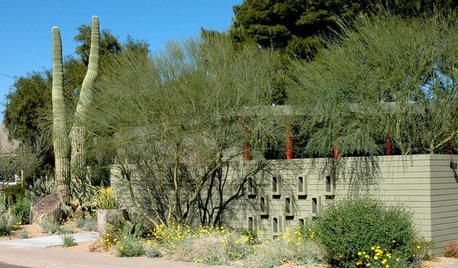
GARDENING GUIDESGreat Design Plant: Parkinsonia Florida
Blue palo verde's trunk and branches provide a beautiful backdrop to a spectacular spring show in the desert
Full Story
SPRING GARDENINGTop 10 Scented Plants for Your Garden
A palette of perfumed plants can transform even the smallest of gardens into a sensory delight
Full Story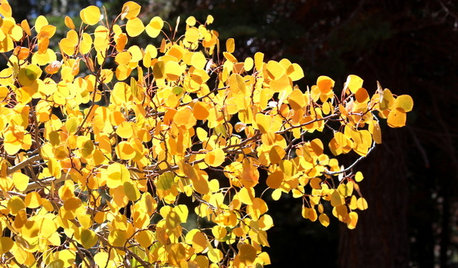
LANDSCAPE DESIGNGreat Design Plant: Quaking Aspen for 3-Season Beauty — on Its Own Turf
It offers bright fall foliage, snowy winter bark and lush green leaves in summer. Just don't try to plant quaking aspen away from its home
Full Story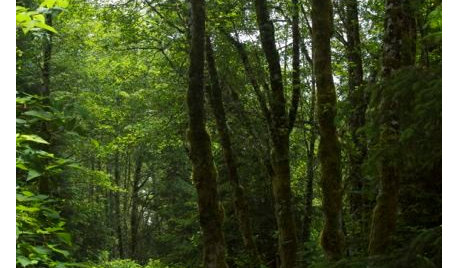
LANDSCAPE DESIGNLet Nature Inspire Your Landscape: Ideas for a Woodland Garden
Fill your senses with the magic of a wild forest-inspired garden — from shady understory plants to towering treetops
Full Story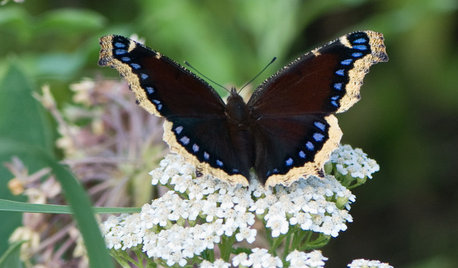
GARDENING GUIDESMourning Cloak Butterflies Herald Spring
These butterflies feed at tree-sap flows in spring and visit native plant flowers for nectar in early summer
Full Story
FALL GARDENING5 Ways to Put Fall Leaves to Work in Your Garden
Improve your soil and yard the organic way with a valuable garden booster that grows on trees
Full Story
FALL GARDENINGHouzz Call: Show Us Your Fall Color!
Post pictures of your fall landscape — plants, leaves, wildlife — in the Comments section. Your photo could appear in an upcoming article
Full Story
Houzz Call: Show Us Your Paint Makeovers
Let your newly repainted house or room do the "How d'ya like me now?" strut right here — it might just be featured in an upcoming ideabook
Full Story


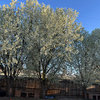
david52 Zone 6
animas
Related Professionals
Hawaii Landscape Contractors · Lynn Landscape Contractors · Norwalk Landscape Contractors · Pine Hills Landscape Contractors · Rio Linda Landscape Contractors · Snoqualmie Landscape Contractors · Wethersfield Landscape Contractors · North Aurora Landscape Contractors · Bridgeport Solar Energy Systems · Danville Solar Energy Systems · Elmhurst Solar Energy Systems · Richmond Solar Energy Systems · Shelton Solar Energy Systems · Western Springs Solar Energy Systems · Irvington Solar Energy Systemscanyon_home
Betz11
MusicMom
Artful_Gardener
gardenmaid1Original Author
bpgreen
gardenmaid1Original Author
bpgreen
kvolk
bpgreen
gardenmaid1Original Author
delray
livylou
buggal
zachslc
twhgardener
flattie
digit
Skybird - z5, Denver, Colorado
flattie